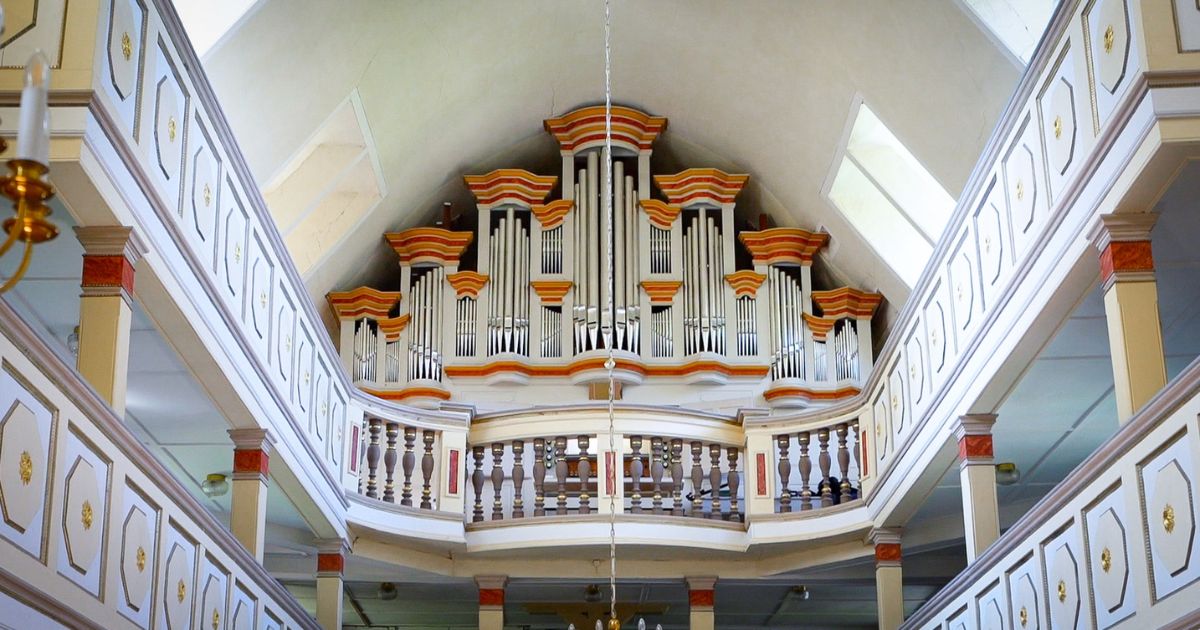How Does a Pipe Organ Work?


Welcome to my blog post where I will take you on a fascinating journey into the inner workings of a pipe organ. As a professional organist with a deep passion for this majestic instrument, I am excited to share with you the mechanics and magic behind how a pipe organ works.
Understanding the Basics
Before we dive into the intricate details, let's start with the basics. A pipe organ is a musical instrument that produces sound by directing air through a series of pipes. It is often found in churches, concert halls, and other grand venues due to its powerful and resonant sound.
The Components of a Pipe Organ
1. Pipes
The pipes are the heart and soul of a pipe organ. They come in various shapes and sizes, each producing a unique sound. The pipes are divided into two main categories: the flue pipes and the reed pipes.
Flue Pipes, produce sound when air passes over a sharp edge, similar to blowing over the top of a bottle. They create a smooth and flute-like tone.
Reed Pipes, on the other hand, have a metal tongue that vibrates when air is blown across it. This creates a more vibrant and reedy tone.
2. Wind System
The wind system is responsible for supplying air to the pipes. It consists of several components, including the bellows, reservoir, and windchest.
The Bellows are large flexible containers that store and supply air to the organ. They are usually operated by an electric blower or manually by the organist's feet.
The Reservoir acts as an intermediate storage for the air, ensuring a constant and steady supply to the pipes.
The windchest is a box-like structure that holds the pipes and regulates the airflow to each pipe.
3. Keyboards and Stops
The keyboards, or manuals, are where the organist plays the instrument. They are similar to piano keyboards but typically have more keys. Each key corresponds to a specific pipe or group of pipes, allowing the organist to create a wide range of sounds and melodies.
The stops, located above the keyboards, control which sets of pipes are activated. By pulling out or pushing in the stops, the organist can choose the desired combination of pipes to produce the desired sound.
4. Pedals
The pedals are played with the organist's feet and are used to control the low-pitched pipes. They allow the organist to create a resonant bass foundation for the music being played.
The Working Mechanism
Now that we have a basic understanding of the components, let's explore how they all come together to create the beautiful music we hear from a pipe organ.
- When the organist presses a key on the keyboard, it opens a valve on the windchest, allowing air to enter the corresponding pipe.
- The air rushes into the pipe, causing it to vibrate and produce sound. The length, diameter, and material of the pipe determine the pitch and timbre of the sound.
- By combining different pipes through the use of stops, the organist can create a vast array of sounds, from soft and delicate to powerful and majestic.
- The pedals, operated by the organist's feet, control the airflow to the low-pitched pipes, adding depth and richness to the overall sound.
Conclusion
In conclusion, a pipe organ is a magnificent instrument that captivates both the eyes and ears. Its complex mechanism, from the pipes and wind system to the keyboards and pedals, all work in harmony to produce awe-inspiring music. I hope this blog post has shed some light on how a pipe organ works and deepened your appreciation for this remarkable musical instrument.
If you're eager to enhance your techniques, you can find guidance right here. And if you're as passionate about the pipe organ as I am, check out my website (PaulFey) for valuable resources, such as amazing collections of sheet music that are easy to learn and a joy to play.


